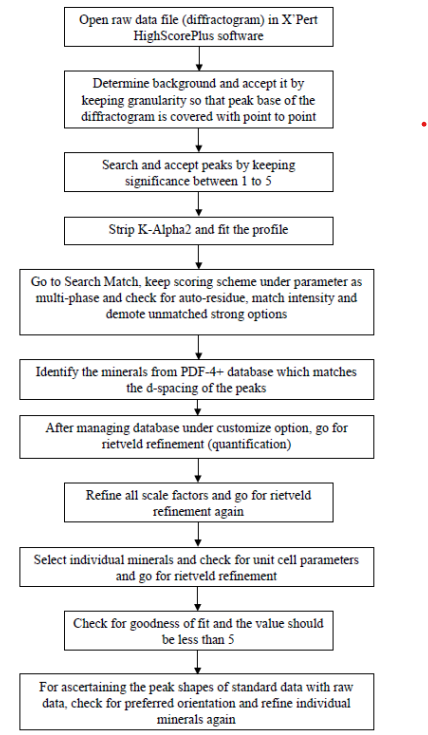This invention presents a methodology for determining the magnetic characteristics of soils and their interrelationship with the dielectric response of the soil mass involves testing various soils using a magnetometer. These soils, with different characteristics, are analyzed for their magnetic properties and correlated with their physical, chemical, mineralogical, and electrical properties using an impedance analyzer. This approach provides a quick, non-invasive method to measure soil-specific parameters, establishing the influence of magnetic properties on the dielectric response. This methodology facilitates in-situ measurements, crucial for addressing geo-environmental challenges effectively.
Traditionally, soil characterization has focused on physical, chemical, and mineralogical properties, neglecting the magnetic characteristics that can influence soil's dielectric response. Existing methods for soil characterization, including assessing electrical properties like conductivity and dielectric constant, are typically invasive, time-consuming, and destructive. These methods are inadequate for addressing modern geo-environmental challenges such as groundwater contamination, subsurface water profiling, and soil salinity.
- Non-invasive Testing: This process is a non-invasive and quick methodology for determining soil properties.
- Magnetic-Dielectric Correlation: It shows correlation of magnetic characteristics with dielectric response and other soil properties.
- Impedance Analysis: It utilizes impedance analyzer to determine dielectric constant.
- In-situ Measurements: It facilitates in-situ measurements, reducing the need for invasive lab-based tests.
- Magnetometer Calibration: It employs a magnetometer calibrated with palladium at 27°C for accurate magnetic property assessment.
A methodology for determining the magnetic characteristics of soils and their inter-relationship of magnetic characteristics with the dielectric response of the soil mass, characterized by the following steps:
- Placing 20 mg of air-dried soil sample in a pick-up coil;
- Subjecting the said soil sample between the poles of an oscillating electromagnet that creates a uniform magnetic field;
- Calibrating the magnetometer at 27°C by using Palladium to obtain the magnetic characteristics of the soil;
- Wherein the mineralogical composition of the soil sample is determined by using an X-ray diffraction spectrometer, wherein the fraction percentage by weight of the mineralogical composition is determined using Rietveld analysis by using the X'Pert High Score Plus software with PDF-4+ database.
Laboratory testing and validation are completed.
4
This methodology can significantly improve the monitoring and management of soil-related environmental issues such as groundwater contamination, soil salinity, and landfill leachate monitoring. It provides a faster, non-invasive means to assess soil properties, aiding in better decision-making and management practices for environmental protection and sustainable agriculture.
- Environmental Monitoring: Groundwater contamination monitoring
- Agriculture: Subsurface water profiling
- Landfill Management: Landfill leachate monitoring
- Civil Engineering: Soil salinity assessment, Oil spill detection
- Geotechnical Engineering: Slope instability and landslide monitoring
Geography of IP
Type of IP
202021024425
447253

